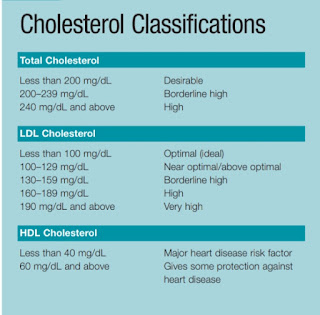🍽️ Smart Eating Made Simple: A Beginner’s Guide to Portion Control

🍽️ Smart Eating Made Simple: A Beginner’s Guide to Portion Control Do you ever feel like eating healthy means eating less or worse, feeling hungry all the time? Good news: it doesn’t have to be that way. Portion control isn’t about starving yourself. It’s about eating the right amount of food for your body, so you feel satisfied, energized, and in control. Let’s break it down in a way that’s easy to understand and even easier to follow. What Is Portion Control? Portion control means knowing how much food your body actually needs to feel satisfied and stay healthy. It helps you: ✅ Maintain a healthy weight ✅ Avoid overeating ✅ Enjoy your meals mindfully ✅ Balance your nutrients better When you control your portions, you don’t need to give up pizza, rice, or even dessert — you just learn to eat them in smart amounts. Easy Tips to Start Portion Control You don’t need fancy tools or calorie-counting apps. Just a few simple habits can make a big difference: 1. Use Smaller ...




